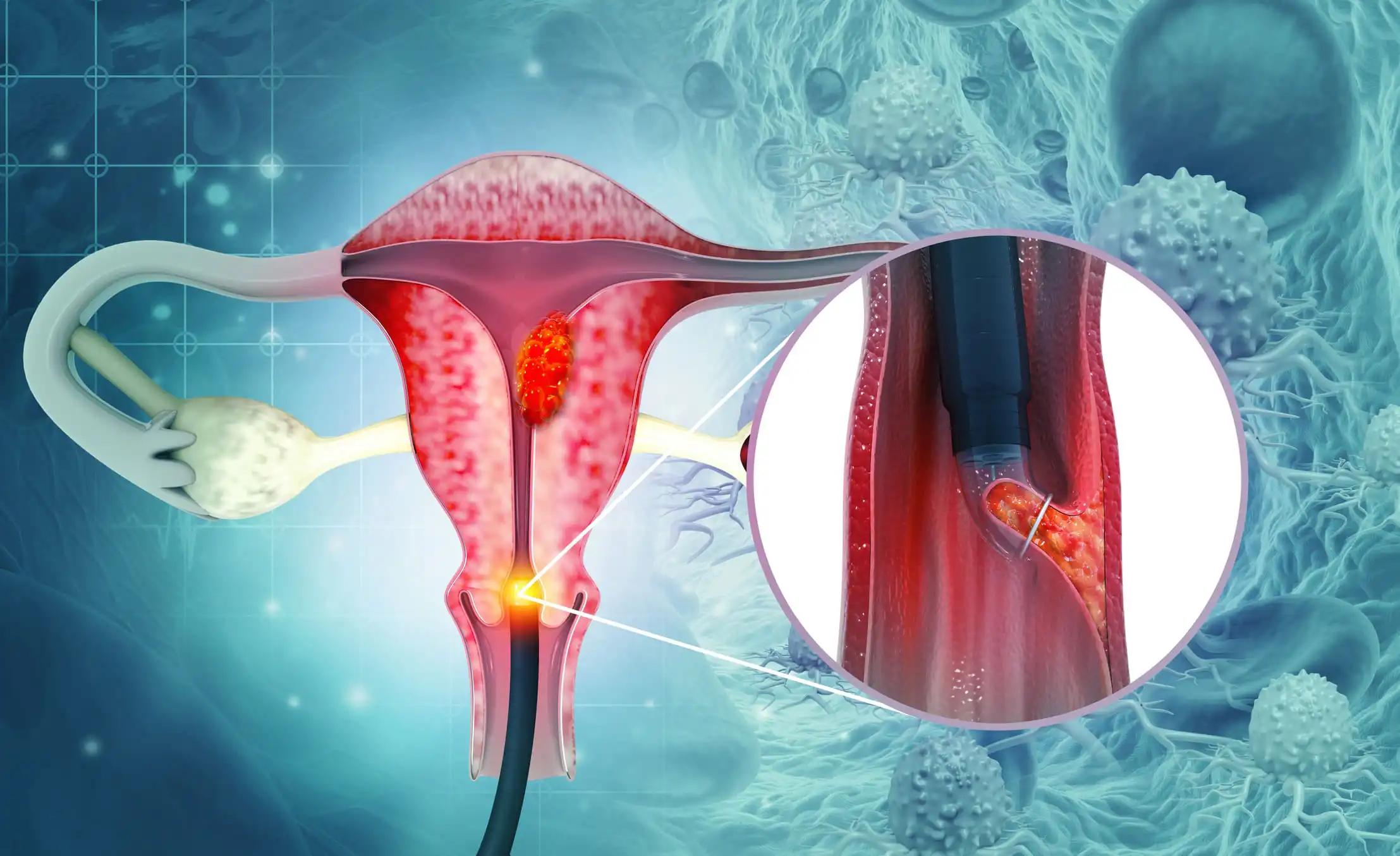KEY TAKEAWAYS
- The study aimed to assess the safety and efficacy of PEG-rhG-CSF for primary prevention of neutropenia during CCRT treatment in pts with CC.
- The primary endpoint was to determine the incidence of grade 3-4 neutropenia.
- Researchers observed that PEG-rhG-CSF safely and effectively prevented neutropenia in pts with CC undergoing CCRT.
The standard treatment for locally advanced cervical cancer (CC) has recently been the addition of concurrent cisplatin-based chemotherapy to definitive radiotherapy. However, the rate of distant metastasis remains high, emerging as the primary pattern of treatment failure. In 2011, a randomized trial demonstrated a survival benefit by adding gemcitabine to concurrent chemoradiotherapy (CCRT), followed by adjuvant chemotherapy.
Jing You and the team aimed to investigate the efficacy and safety of pegylated recombinant human granulocyte colony-stimulating factor (PEG-rhG-CSF) for primary prophylaxis of neutropenia in patients (pts) with CC receiving CCRT.
They designed this prospective, single-center, single-arm study, and enrolled pts (with an age, range of 18-70 years) with the 2018 International Federation of Gynecology and Obstetrics (FIGO) stage IIIC1r-IVA and IVB (distant metastasis only with inguinal lymph node metastasis) CC.
Those pts with normal function of the bone marrow (absolute neutrophil count (ANC) ≥ 2.0 × 109/L) and adequate hepatic and renal functions were enrolled in the study while the key exclusion criteria included: previous chemotherapy and/or radiotherapy; and a history of bone marrow dysplasia or other hematopoietic abnormalities.
All pts were made to undergo radical radiotherapy (pelvic radiotherapy or extended-field irradiation) + brachytherapy. The chemotherapy regimen included 4 cycles of 3-weekly paclitaxel + cisplatin. Subsequently, pts were administered PEG-rhG-CSF 48-72 hours post each treatment cycle. Salvage granulocyte colony-stimulating factor (G-CSF) was only permitted under a fixed set of conditions.
The primary endpoint of the study was considered as the incidence of grade 3-4 neutropenia. The secondary endpoints included frequency of febrile neutropenia (FN), chemotherapy completion rate in cycles 2-4, time to complete radiotherapy, and safety.
Results indicated that a total of 52 pts were enrolled in this study from July 2019 to October 2020. The incidence of grade 3-4 neutropenia was 28.8%, with an average duration of 3.85 days (range: 1-7 days). The incidence rate of FN was 3.8%. The chemotherapy completion rate was 94.2%, 82.7%, and 75.0% for cycles 2-4, respectively.
The incidences of grade 3-4 neutropenia for cycles 1-4 were 9.6% (5/52), 8.2% (4/49), 14.0% (6/43), and 2.6% (1/39), respectively. All pts completed radiotherapy within 8 weeks (median, 48 days; range: 41-56 days), except 1 patient who withdrew consent and did not receive radiotherapy. Severe non-hematologic toxicity was not observed in any patient.
The study concluded that PEG-rhG-CSF was effective and safe in prophylactic treatment for neutropenia in pts with CC undergoing CCRT.
The study was funded by the study Beijing Cancer Hospital and by the Clinical Trials Foundation of Peking University Cancer Hospital (grant number: QNJJ202108) and Beijing Hospitals Authority’s Ascent Plan (grant number: DFL20220902).
Source: https://pubmed.ncbi.nlm.nih.gov/38997665/
You J, Yuan Y, Gu X, et al. (2024). “Pegylated recombinant human granulocyte colony-stimulating factor for primary prophylaxis of neutropenia in patients with cervical cancer receiving concurrent chemoradiotherapy: a prospective study.” BMC Cancer. 2024 Jul 12;24(1):833. doi: 10.1186/s12885-024-12556-4. PMID: 38997665.



